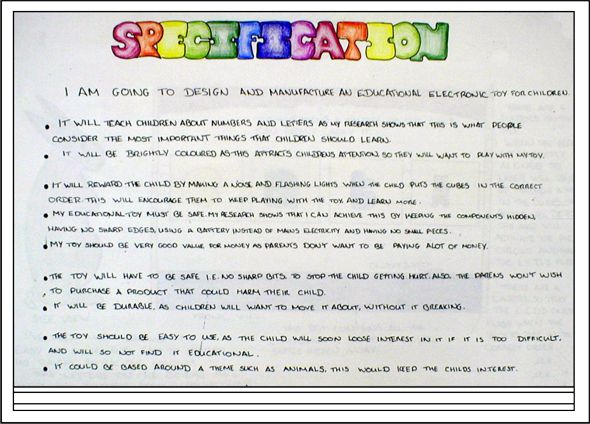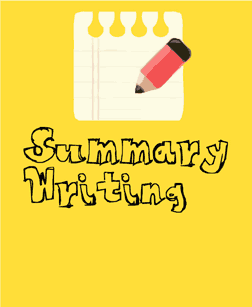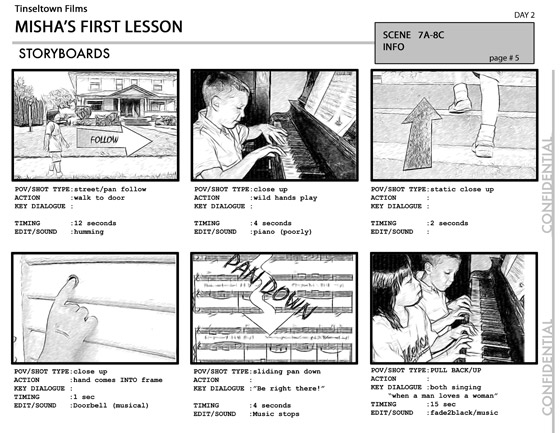 |
| http://upload.wikimedia.org/wikipedia/commons/thumb/f/f9/New_Games_for_Change_logo.jpg/220px-New_Games_for_Change_logo.jpg |
As you know, each MYP Technology Class presents you with a problem to solve. The "problem" is the "guiding question";-) Our guiding question is: "How can I use computer technology to make people aware of social issues?"
The best way to begin your Investigation is by writing a paragraph that explains the problem as you understand it. Then write a paragraph to connect your project to an Area of Interaction.
According to the Assessment Rubric. . .
To get a 1/2: The student states the problem.
To get a 3/4: The student describes the problem, mentioning its relevance.
To get a 5/6: The student explains the problem, discussing its relevance.
Look at these words: states, describes, explains. How are they different?
Look at these words: mentioning, discussing. How are they different?
To help you decide which social issue check out sites like: Amnesty International, Greenpeace or do a keyword search on Google (social injustice issues)
Let's stick to social issues rather than environmental issues.
Click here for the Identify the Problem Template.
Then it's on to the 2nd task in the Investigation - "Develop a Design Brief."
1. Write a sentence or two to introduce this portion of your Investigation.
2. Then follow these learning objectives to success,
-formulate and discuss appropriate questions (4 or 5) that guide the investigation -this means that you should create questions and then do research that will help you solve the problem
- identify and acknowledge a range of appropriate sources of information - use in-text referencing and create a bibliography
-collect, analyse, select, organize and evaluate information - this deeper analysis of your research will lead to higher marks
-evaluate your sources of information- who are your sources? are they appropriate? are they experts in the field?
IB Learner Profile - Inquirer
Learning objectives - The student will: Differentiate action verbs, begin writing project intro (Identify the problem)independently identify meaningful questions, carrry out web search, select and organize appropriate sources and evaluate them.























